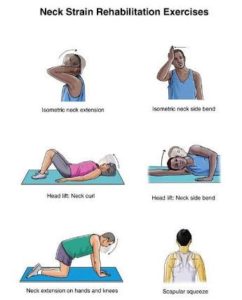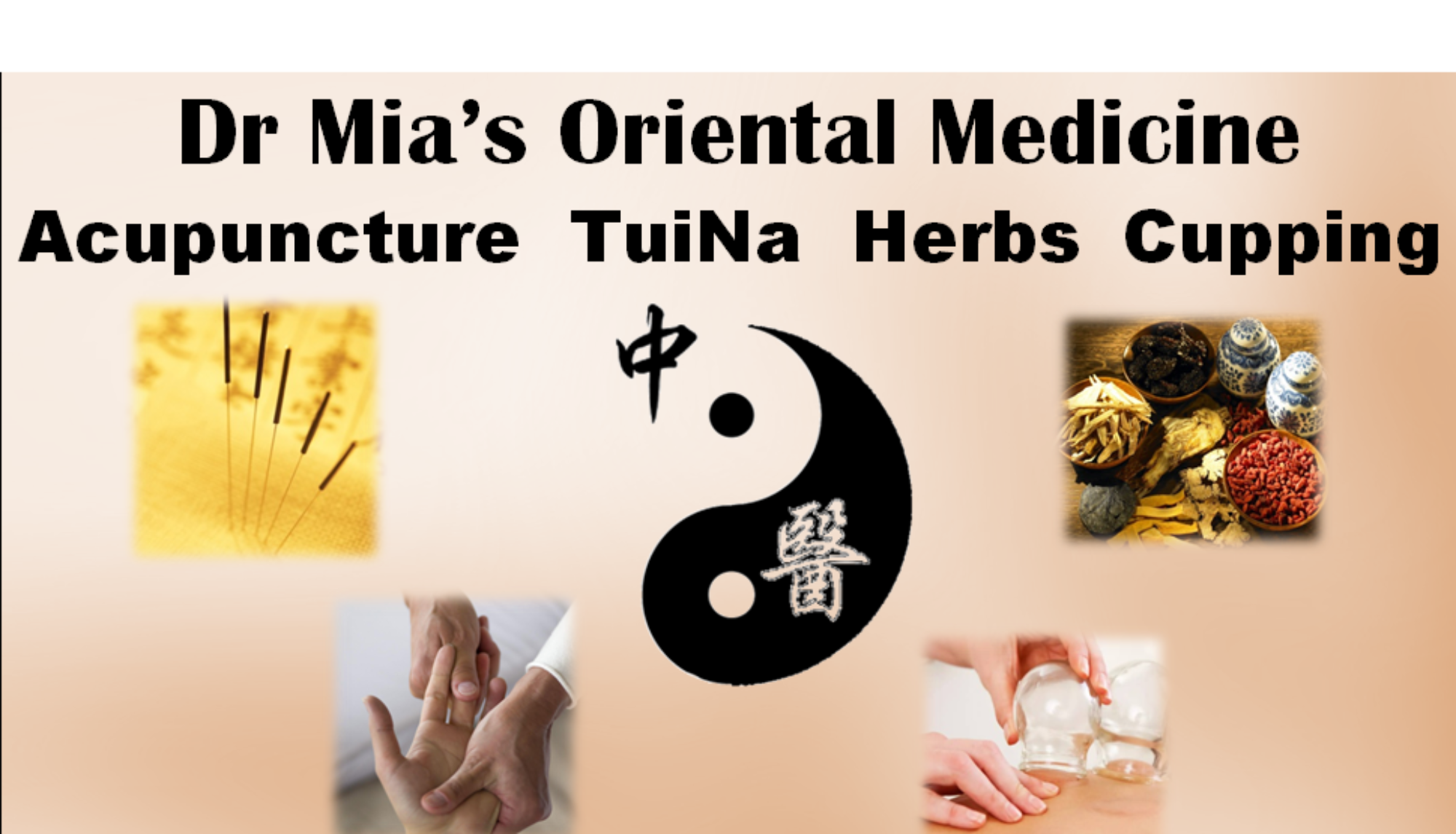Neck pain is a common issue that can arise from various causes, ranging from minor muscle strains to serious medical conditions. Here are the most common causes and conditions associated with neck pain:
1. Muscle Strains and Tension
– Poor posture (e.g., slouching, prolonged computer/phone use – “tech neck”)
– Overuse (e.g., repetitive movements, heavy lifting)
– Sleeping in an awkward position
– Stress and anxiety (leading to muscle tightness)
2. Joint and Degenerative Conditions
– Cervical spondylosis (neck arthritis due to wear and tear)
– Herniated or bulging discs (putting pressure on nerves)
– Degenerative disc disease (age-related disc breakdown)
– Osteoarthritis (joint cartilage deterioration)
3. Nerve-Related Issues
– Cervical radiculopathy (pinched nerve, often causing radiating arm pain)
– Spinal stenosis (narrowing of the spinal canal, compressing nerves)
4. Injuries and Trauma
– Whiplash (sudden neck movement, common in car accidents)
– Sports injuries (e.g., falls, collisions)
– Fractures (e.g., from osteoporosis or severe trauma)
5. Other Medical Conditions
– Meningitis (infection causing neck stiffness + fever, severe headache)
– Fibromyalgia (chronic pain syndrome, including neck tenderness)
– Rheumatoid arthritis (autoimmune joint inflammation)
– Torticollis (“wry neck” – sudden, painful neck muscle spasm)
– Cancer (rare) (e.g., metastatic tumors affecting the spine)
6. Referred Pain
– Pain originating from the heart (e.g., heart attack), **jaw**, or **shoulder** issues.
When to Seek Medical Attention
– Severe pain after an injury (e.g., fall, accident)
– Numbness/weakness in arms or hands
– Fever, headache, or unexplained weight loss with neck pain
– Difficulty walking or loss of bladder/bowel control (possible spinal cord compression)
Management & Prevention
– Posture correction (ergonomic adjustments)
– Gentle stretching and strengthening exercises
– Heat/ice therapy
– Pain relievers (NSAIDs like ibuprofen)
– Physical therapy (for chronic cases)
If neck pain persists or worsens, consult us or a healthcare provider for proper diagnosis (e.g., X-ray, MRI) and treatment.

After Traditional Chinese Medicine (TCM) treatments (such as acupuncture, cupping, or tuina massage), incorporating gentle rehab exercises at home can help enhance healing, improve flexibility, and prevent stiffness. Below are some safe and effective exercises to do between sessions.
1. Neck Mobility & Stretching Exercises
(Improve flexibility, reduce stiffness, and relieve tension)
A. Chin Tucks (Neck Retraction)
- How to do it:
- Sit or stand with good posture.
- Gently tuck your chin straight back (like making a “double chin”).
- Hold for 3–5 seconds, then relax.
- Reps: 10–15x
- Benefits: Strengthens deep neck flexors, improves posture.
B. Neck Side Stretch
- How to do it:
- Sit tall, slowly tilt your head to one side (ear toward shoulder).
- Hold for 15–30 seconds, then switch sides.
- For a deeper stretch, gently press down on your head with your hand.
- Reps: 2–3x per side
- Benefits: Relieves tightness in the trapezius and scalene muscles.
C. Neck Rotation Stretch
- How to do it:
- Slowly turn your head to one side as far as comfortable.
- Hold for 15–30 seconds, then switch sides.
- Avoid forcing the movement.
- Reps: 2–3x per side
- Benefits: Improves cervical rotation, reduces stiffness.
2. Postural & Strengthening Exercises
(Correct forward head posture and strengthen supporting muscles)
A. Shoulder Blade Squeezes (Scapular Retraction)
- How to do it:
- Sit or stand with arms relaxed.
- Squeeze shoulder blades together (as if holding a pencil between them).
- Hold for 5 seconds, then relax.
- Reps: 10–15x
- Benefits: Strengthens upper back, reduces slouching.
B. Wall Angels
- How to do it:
- Stand with your back against a wall, arms bent at 90° (like a “goalpost”).
- Slowly slide arms up and down while keeping contact with the wall.
- Reps: 8–12x
- Benefits: Improves shoulder mobility and posture.
3. Relaxation & Qi Flow Exercises (TCM-Inspired)
(Promote circulation and energy flow according to TCM principles)
A. Gentle Neck Rolls (Qi Gong Style)
- How to do it:
- Slowly roll your head in a circular motion (clockwise & counterclockwise).
- Keep movements smooth and controlled.
- Reps: 3–5x each direction
- Benefits: Releases tension, enhances Qi (energy) flow.
B. Deep Breathing with Shoulder Release
- How to do it:
- Inhale deeply while raising shoulders toward ears.
- Exhale fully while dropping shoulders down.
- Reps: 5–10x
- Benefits: Reduces stress, promotes relaxation.
Precautions & Tips
✔ Start slow – Avoid sudden or jerky movements.
✔ Stop if pain increases – Mild discomfort is normal, but sharp pain means stop.
✔ Combine with heat therapy – A warm towel or heating pad before exercises can help relax muscles.
✔ Stay consistent – Do these exercises 2–3x daily for best results.
When to Avoid Exercises
- Right after cupping (wait 24 hours if skin is sensitive).
- If TCM practitioner advises rest (e.g., after intense tuina or acupuncture).
- If pain worsens or radiates down the arm (could indicate nerve compression).
By combining TCM treatments with these rehab exercises, you can speed up recovery, maintain mobility, and prevent future neck pain. Always consult your TCM practitioner before starting new exercises.
Would you like modifications based on specific TCM diagnoses (e.g., Qi stagnation, Blood stasis)?

